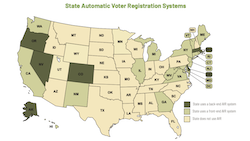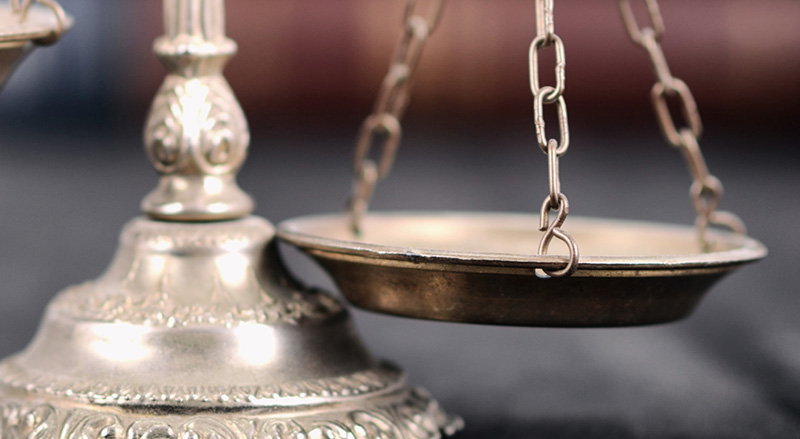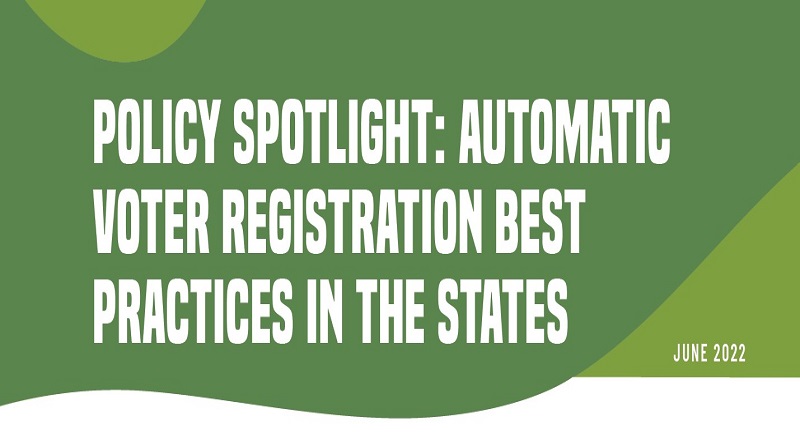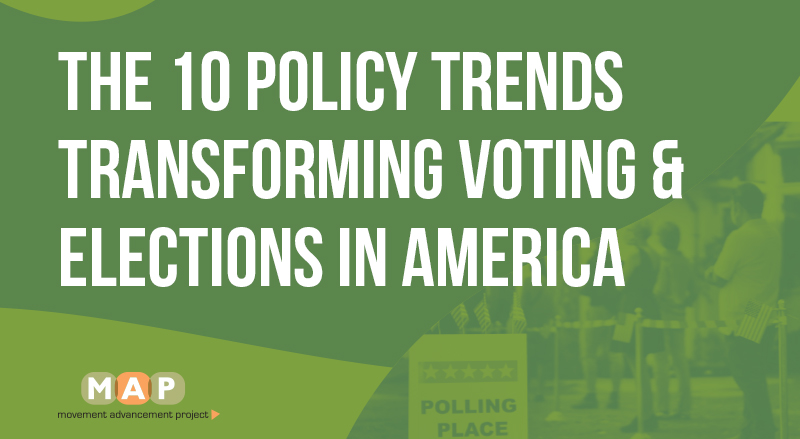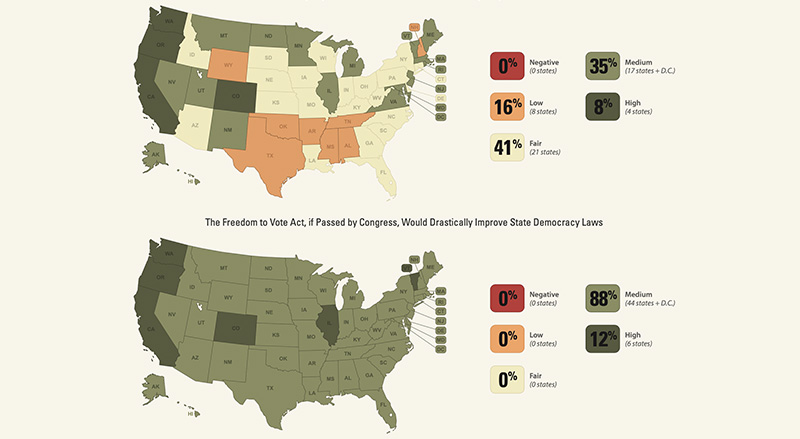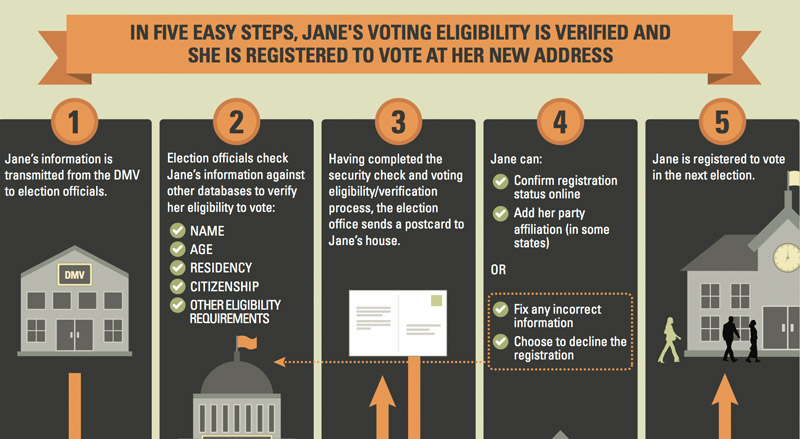Voter Registration Democracy Maps
Overview
Representation and Participation encompasses both policy and data points related to the electorate, such as registration and turnout rate, as well as tracking state primary election systems and voting rights for formerly incarcerated people.
Representation & Participation: What We Measure
Overview
Many voters still cast their ballot at a traditional polling place. The availability of early voting, restrictive voter ID requirements , and provisional ballot policies all have an impact on a voter’s ability to access the ballot.
Voting in Person: What We Measure
Overview
As an increasing number of voters cast their ballots by mail, states that have adopted no-excuse absentee voting and full vote by mail elections allow more opportunities for participation. Other policies such as the availability of drop boxes also have an impact on access.
Voting by Mail: What We Measure
Overview
States that prioritize election security employ voting machine systems that include verifiable paper ballots, and also have systems in place for post-election audits to detect and address anomalies, and that can provide independent audits and verify results when election results are challenged.
Election Security: What We Measure
Overview
These maps highlight state laws and policies that protect the vote and ensure voters are not disenfranchised, and that election results are accurate as well as protected from partisan or foreign interference.
Independence & Integrity: What We Measure

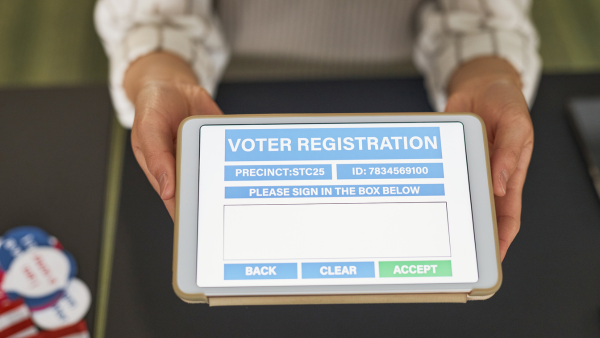

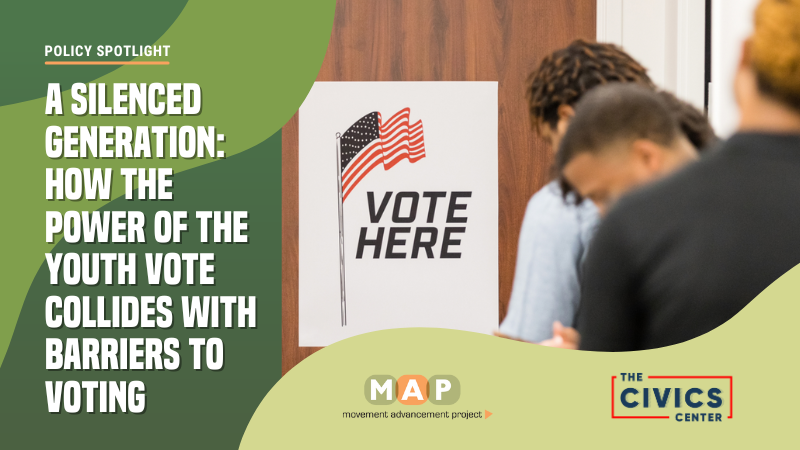
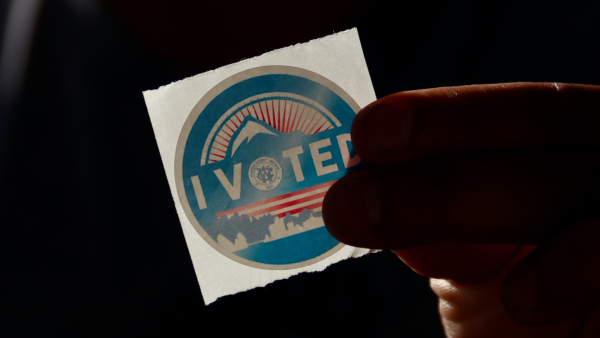
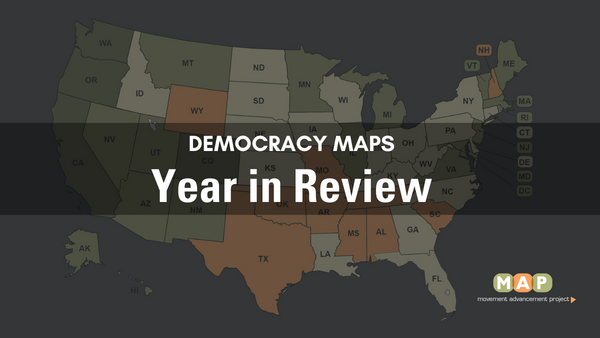
.png?1664228752)
